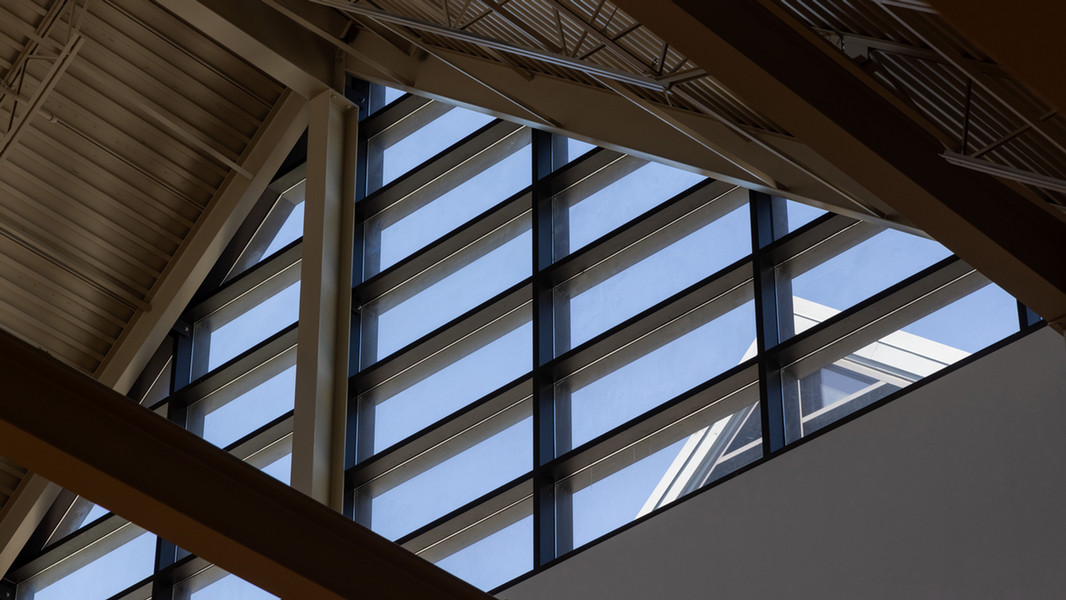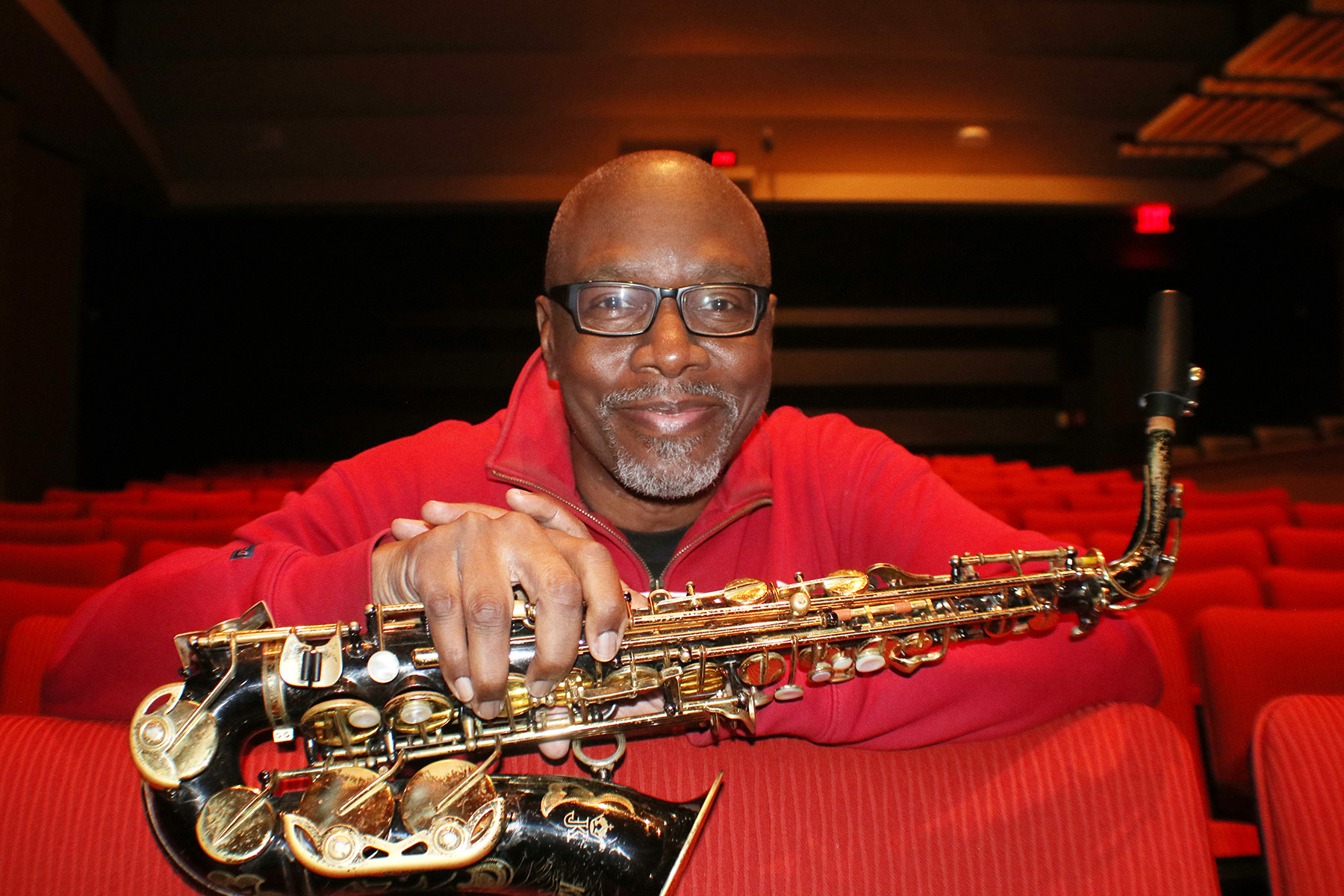
Environmental Health and Safety
Safe Handling of Needles and Sharps
What are Sharps?
Sharps are discarded articles that may cause punctures or cuts, including, but not limited to all used and discarded hypodermic needles and syringes, Pasteur pipettes, scalpels, capillary tubes, razor blades, and suture needles. Sharps may also be described as any material that may be rigid enough, that when cracked or broken, is able to pierce the skin. Examples would be: broken beaker, metal from a cage, or a broken test tube.
Injuries involving sharps can create wounds with severity ranging from minor to major. Although the concern with major injuries is obvious (i.e., amputation, severance of tendons, large loss of blood), it is important to realize that even minor injuries result in a break in the skin. This allows the potential for known and unknown infectious agents to enter the wound site. Here again, the consequences can vary from no infection, infection, and no disease, to significant disease for the individual.
Labs should minimize the use and handling of syringes and needles, as well as make efforts to restrict the use of these sharps to procedures in which there are no alternative devices. Sharps injuries frequently occur because of improper handling, improper recapping, and improper disposal of needles and other sharps.
Additionally, users of hypodermic syringes and needles must comply with applicable Washington State Department of Health regulations, and users are responsible for appropriate certification, procurement, storage, distribution, and appropriate disposal.
Handling sharps such as needles, blades, and broken glass can present a risk of occupational exposure to blood or OPIM (Other Potentially Infectious Materials). To minimize risk, the use of sharps requires appropriate care and adherence to safety guidelines.
Handling Contaminated Sharps
All procedures involving sharps shall incorporate safe handling practices that minimize risks of sharps injuries. These safe handling practices include, but are not limited to:
- Place contaminated sharps in sharps waste containers immediately or as soon as possible after use.
- Never open, manually clean, or otherwise access the contents of a sharps waste container.
- Never shear or break contaminated needles or other sharps.
- Never handle broken glassware with bare hands. Broken glassware shall be cleaned up using mechanical means, such as a brush and dust pan, tongs, or forceps.
- Never bend, re-cap, or remove devices from contaminated sharps, except:
- If the PI/Supervisor can demonstrate that no alternative is feasible or that such action is required by a specific medical or dental procedure; and
- The procedure uses a mechanical device or a one-handed technique.
Sharps Waste Containers
All sharps, regardless of whether they are contaminated or not, shall be disposed of in containers that are:
- Affixed with Biohazard Labels;
- Rigid;
- Puncture resistant;
- Leak-proof on the sides and bottom;
- Portable;
- Closeable;
- Sealable;
- Incapable of being reopened easily;
- Nonreusable;
- Easily accessible to personnel in the workplace;
- Maintained upright; and
- Replaced as necessary to avoid overfilling.
Non-Medical Sharps
Non-medical sharps are lab materials that can cut, but are not intended to do so, and should be disposed of in a manner that prevents harm.
- A plastic bag does not provide adequate protection.
- Examples include fragile glass, glass slides and cover slips, pipettes, and pipette tips.
- Non-medical sharps contaminated with infectious materials or human blood/tissues should be placed in a sharps collection container
- Non-medical sharps not contaminated with infectious or potentially infectious substances should be placed in a cardboard box (lined with plastic if appropriate).
- The boxes should be sturdy, no larger than 1’x1’ base, and 20 lbs max weight.
- Label the box as "Broken glass and plastic-ware".
- Tape the sides and corners.
- When full, tape shut and affix the "OK to Trash" label.
- It may be left for custodians to remove from the lab area.
CWU News

Online Master’s of Education program now offers special education endorsement
May 15, 2024
by Rune Torgersen

Lenny Price brings Detroit perspective to CWU Jazz
May 15, 2024
by University Relations